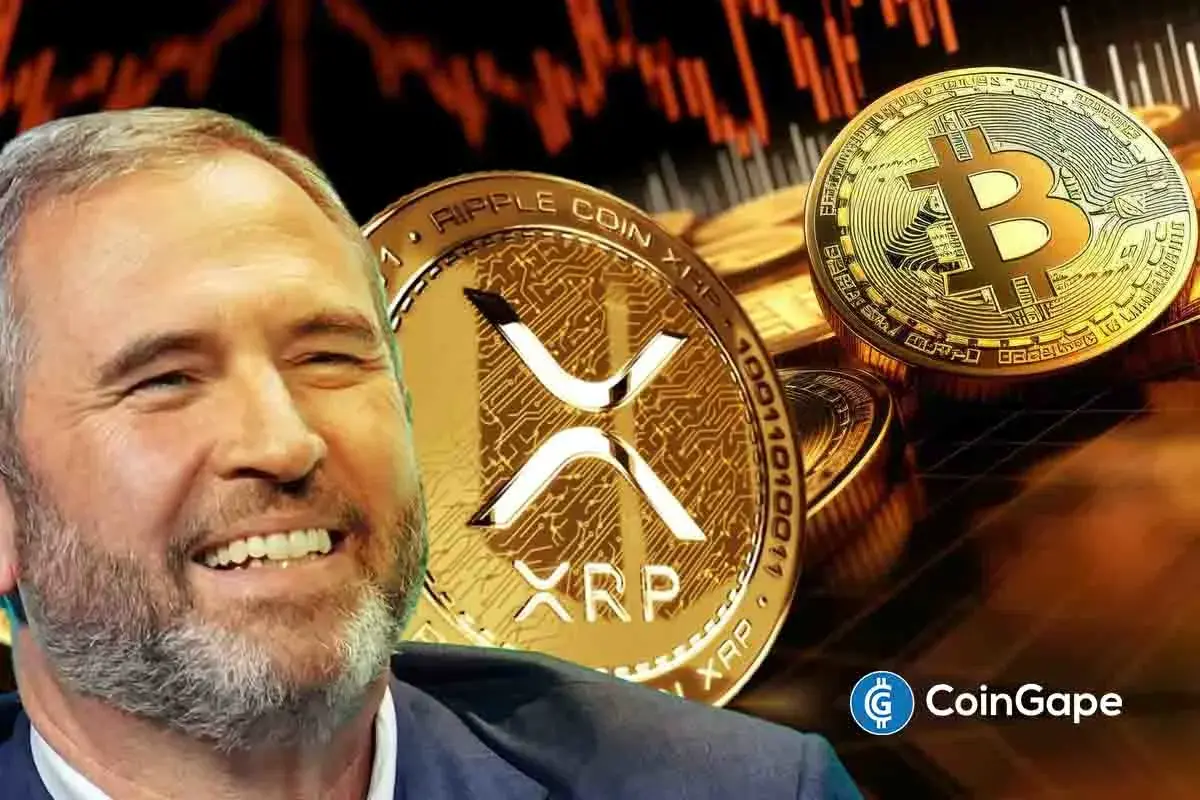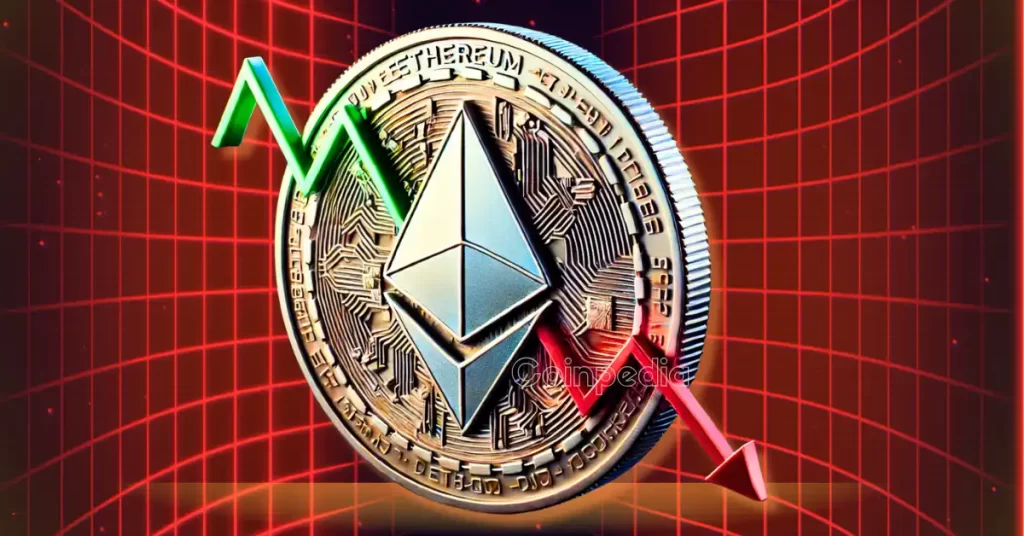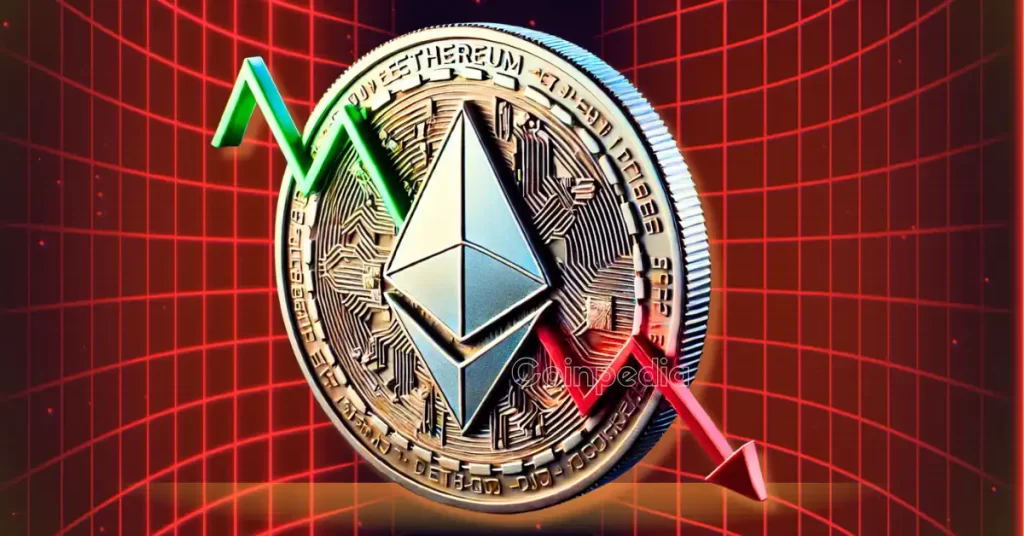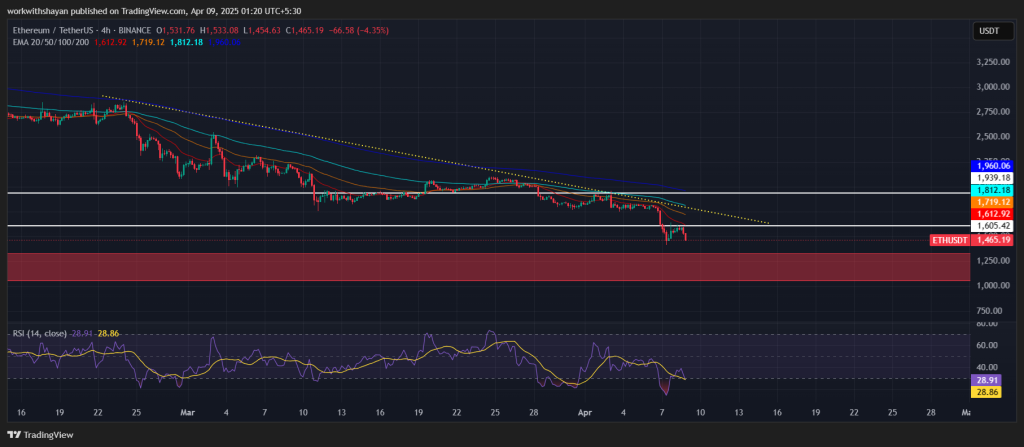Future of Web3 Venture Capital: What to Expect in 2025
BeInCrypto had the opportunity to sit down with Laura K. Inamedinova, Chief Ecosystem Officer at Gate.io, during the Next Block Expo, The Blockchain Festival of Europe 2025. As one of the leading figures in the Web3 and crypto space, Laura shared her insights on the current state of the venture capital industry, its challenges, and the exciting opportunities emerging in 2025.
In this interview, Laura discusses the factors that are shaping the future of Web3 venture capital, the potential for stablecoins and real-world asset tokenization, and how global regulatory advancements are paving the way for more institutional involvement in the sector. Her expertise offers valuable guidance for anyone looking to understand the next phase of crypto and blockchain development.
The Resurgence of Web3 Venture Capital: Key Drivers for 2025
BeInCrypto (BIC): Given the challenging VC landscape in 2024, what factors do you believe will drive a potential resurgence in Web3 venture capital activity in 2025?
Laura K. Inamedinova (LKI): After a tough 2024, I think we’re finally seeing the pieces fall into place for a strong Web3 VC comeback in 2025. Regulations are becoming clearer; the US is dropping major lawsuits like Ripple, and Trump announced a $17 billion crypto reserve.
That shift alone has already brought results: we saw $861 million in crypto VC deals just in Q1, which is a clear sign of renewed confidence. What’s also fueling the comeback is global capital.
For example, Gate Ventures launched a $100 million fund with UAE last year, and Abu Dhabi invested $2 billion into Binance, positioning the region as a new hotspot for Web3 investment. Overall, Web3 venture capital activity is shifting back to the early stage. In 2024, 85% of VC deals were seed or Series A, backing infrastructure-first projects like modular chains like Celestia and Move-based networks like Movement Labs.
Institutional Involvement and Regulatory Advancements Shaping Investment Strategies
BIC: Last year marked the rise of institutional involvement in Web3 and regulatory advancements for the industry. How do you see these factors influencing your investment strategy in the coming year?
LKI: This has been a cycle of contrasts. Retail chased hype-driven meme coins, while institutions played it safe, focusing on stablecoins and tokenized assets.
Regulatory clarity is now reinforcing that shift: MiCA in Europe and new US frameworks under the Trump administration are making yield-bearing stablecoins and risk-adjusted RWAs like tokenized treasuries more attractive. In a high-interest-rate environment, these assets offer stable returns – a much safer bet for serious investors.
Our investment thesis aligns with this institutional trend, focusing on RWA tokenization platforms and stablecoin ecosystems. By backing the infrastructure that enables compliant, scalable adoption, we position ourselves at the core of crypto’s institutional evolution.
Consumer-Oriented Solutions in Web3
BIC: Which areas of Web3 (e.g., NFTs, DeFi, DAOs, etc.) do you believe will maintain its momentum into 2025, and why?
LKI: To predict the next big narratives, we need to understand what’s holding the market back today. Most projects have been heavily B2B-focused, catering to existing industry players rather than expanding the ecosystem by attracting a fresh audience from Web2. This inward-facing approach has limited mainstream adoption. It created an echo chamber where innovation circulates among the same user base without reaching new consumers.
Put simply, for one project to win, three others need to die. The true winners of this cycle will be those who shift their focus to consumer-oriented solutions, designing products and experiences that resonate with everyday users. By prioritizing accessibility, usability, and real-world value, these projects will finally break the cycle and catalyze the beginning of the bull market.
Apart from the B2C focused apps, I see strong potential in AI, RWA, and payment solutions. It goes without saying, AI is here to stay. But instead of simple ChatGPT-wrapped AI agents, we’ll see more advanced, integrated solutions with real-world applications, including robotics.
This will unlock a ton of new use cases in automated security, AI-driven trading, and on-chain decision-making, to name just a few. I see AI transforming from an external tool into a fundamental layer of Web3. RWA tokenization will continue to gain momentum, especially with the integration of AI-powered RWAs.
Major institutions like State Street are already exploring AI-driven tokenized bonds and money market funds. There’s a growing alignment between traditional finance and blockchain. This isn’t a niche development – it’s an opportunity to unlock liquidity in a $70 trillion+ asset class. With RWA tokenization projected to surpass $50 billion by the end of 2025, the addition of AI will introduce automation, scalability, and transparency – critical elements for mass adoption.
Payments will also be a key driver. Stablecoins are seeing increased adoption for cross-border transactions, remittances, and on-chain settlements. Regulatory clarity and improved UX will accelerate this trend, making stablecoins a core component for the future of global finance.

Stablecoins as Core Infrastructure for Venture Capital
BIC: Stablecoin development attracted significant venture capital in the last quarter of 2024. Do you see this trend continuing, and what specific aspects of stablecoin projects are you prioritizing?
LKI: Stablecoins were a major VC focus in late 2024, and I see that trend continuing in 2025. Just in Q4, stablecoin projects pulled in $649 million across nine deals; that’s nearly 18% of all crypto VC funding. We’re also seeing strong signals from traditional finance: Fidelity is testing its own stablecoin, and Trump-linked World Liberty Financial launched USD1.
With over $239 billion in stablecoins already in circulation, this space isn’t just growing, it’s becoming core infrastructure for payments, trading, and settlements across both DeFi and TradFi.
What’s getting the most attention now is the rise of gold-backed stablecoins. Tokens like Tether’s XAUT and Paxos’ PAXG now hold a combined market cap of over $1.4 billion, a massive jump from just $12 million in 2020. These asset-backed models bring real-world value on-chain and offer protection against inflation, which is super attractive in today’s macro environment.
Based on this, we’re prioritizing stablecoin projects that have strong collateral models, clear regulatory paths, and real use cases beyond speculation, especially those bridging into RWAs or global payments.
Innovations in DeFi and Infrastructure
BIC: DeFi and Infrastructure followed closely behind the top categories. What specific innovations within these sectors are you most excited about for potential funding in 2025?
LKI: I think in DeFi, the real momentum is getting toward projects that merge automation with usability and compliance. One standout is DeFi Agents AI ($DEFAI), which raised $1.2 million in January 2025, backed by GameFi.org and eesee.io. It is building an AI trading assistant layered with restaking mechanics. So, you’re not just trading; you’re staking for revenue share and training custom models.
Add to that tools like Griffain, which reduces impermanent loss by 22%, and VaderAI, running 10,000+ on-chain transactions daily, and you start to see a new class of DeFi products built for scale, efficiency, and real usage. As MiCA 2.0 rolls out in Europe, platforms that offer AI-powered compliance and risk tools will stand out in both funding rounds and user adoption.
From an infrastructure perspective, we’re seeing strong capital flow into AI-ready backend systems that support these DeFi layers. CoreWeave, backed by over $1.1 billion from Nvidia and Microsoft, is scaling AI-optimized data centers that can support up to 5 million DeFi agents per site.
On the enterprise side, Cisco’s acquisition of strong intelligence and deeper insights AI shows how serious legacy tech firms are about owning the infrastructure layer. For investors, this is where the edge is. Make sure to check out projects that are building the high-speed, compliant infrastructure that will quietly power the next wave of DeFi and on-chain automation.
Not Just Meme Coins and AI Agents: Is Web3 Maturing?
BIC: The last couple of months suggested a shift away from meme coins and AI agents. What do you attribute this change in investor sentiment to, and what does it suggest about the maturity of the Web3 market?
LKI: The recent shift away from memes and AI agents reflects a growing maturity in the Web3 market. Meme coins, while often popular in speculative cycles, generally lack real utility, making them unsustainable in the long run.
AI agents are still in their infancy – most projects offer similar functionalities, suffer from technical limitations, and remain too buggy for practical use. As the market matures, investors are becoming more discerning, prioritizing projects with tangible value, strong fundamentals, and real-world applications.
This shift suggests a move toward more sustainable narratives, such as payments, RWA tokenization, and infrastructure, signaling that Web3 is evolving beyond hype-driven trends into a phase of real adoption and long-term growth.
BIC: What types of projects and what qualities of projects are you most looking for in 2025?
LKI: We have multiple criteria when evaluating projects with the best fit for our venture arm. First, we’re looking for projects that are led by experienced founders with a proven track record in Web3, ideally with a successful exit in the past.
Second, we prioritize businesses with existing investor backing, whether in the current or previous rounds. We evaluate each project on a case-by-case basis, but our investment thesis generally revolves around stablecoins, payments, new technology, infrastructure, and US-based projects.
Third, we take into consideration the project’s valuation, tokenomics, and burn rate.
Last but not least, we assess the company’s ability to drive real-world adoption, offering solutions with a clear path to mainstream success.
Conclusion: Venture Capital in Web3
BIC: How do you balance the pursuit of emerging trends with the need for sustainable, long-term value creation in your Web3 investments?
LKI: One of the clearest signals this cycle has been the rise of AI agent coins – they hit a $16.6 billion market cap early in 2025. It shows that when you combine a viral narrative with actual user engagement, there’s staying power.
From there, we saw that the bigger trend wasn’t just AI; it was AI fused with tokenization. Projects like Centrifuge, which tokenizes real-world assets like invoices and real estate to unlock liquidity for businesses, are doing exactly that. They’re not hype plays; they’re solving real inefficiencies in traditional finance using on-chain rails.
We’re also seeing strong signals from early-stage modular blockchain ecosystems that are building quietly but with clear scalability goals. We lean into trends but only when the tech underneath has the foundation to last.

About Laura K. Inamedinova
An award-winning serial entrepreneur, investor, and keynote speaker sharing her insights on Web3 space since 2016. She currently holds a dual role within the Gate ecosystem, managing the global growth of the exchange and attracting new investments to its venture arm – GVC.
In her position as a CGEO at Gate.io, she builds cross-border partnerships and as a Principal at Gate Ventures, Laura oversees investments, partnerships, and development of the fund.
Before joining Gate.io, she founded a Web3 marketing agency, LKI Consulting, which she grew to 8-figures. This led her to be globally acclaimed as one of the “10 Women Entrepreneurs” by Entrepreneur Magazine and among the “Top 10 Women in International Business” by Silicon Valley Times. She was named one of Forbes’ 30 Under 30 Blockchain Visionaries, recognizing her impact on the global crypto ecosystem.
On a personal level, Laura is a successful angel investor with 40+ projects in her portfolio, an ex-Forbes and Huffington Post columnist, and an internationally renowned speaker with a track record of 156+ conferences in 25+ countries.
About Gate.io
Gate.io is a global cryptocurrency exchange platform that facilitates the buying, selling, and trading of over 3,800 digital assets. It offers a variety of products and services, including spot and futures trading, staking, decentralized finance (DeFi) solutions, Web3 wallets, and educational resources.
Additionally, Gate.io provides a range of tools for managing crypto investments, such as exchange wallets, live market data, and token airdrops. The platform also emphasizes security with robust measures like proof of reserves and offers services like Gate Pay for sending and receiving cryptocurrencies.
The post Future of Web3 Venture Capital: What to Expect in 2025 appeared first on BeInCrypto.


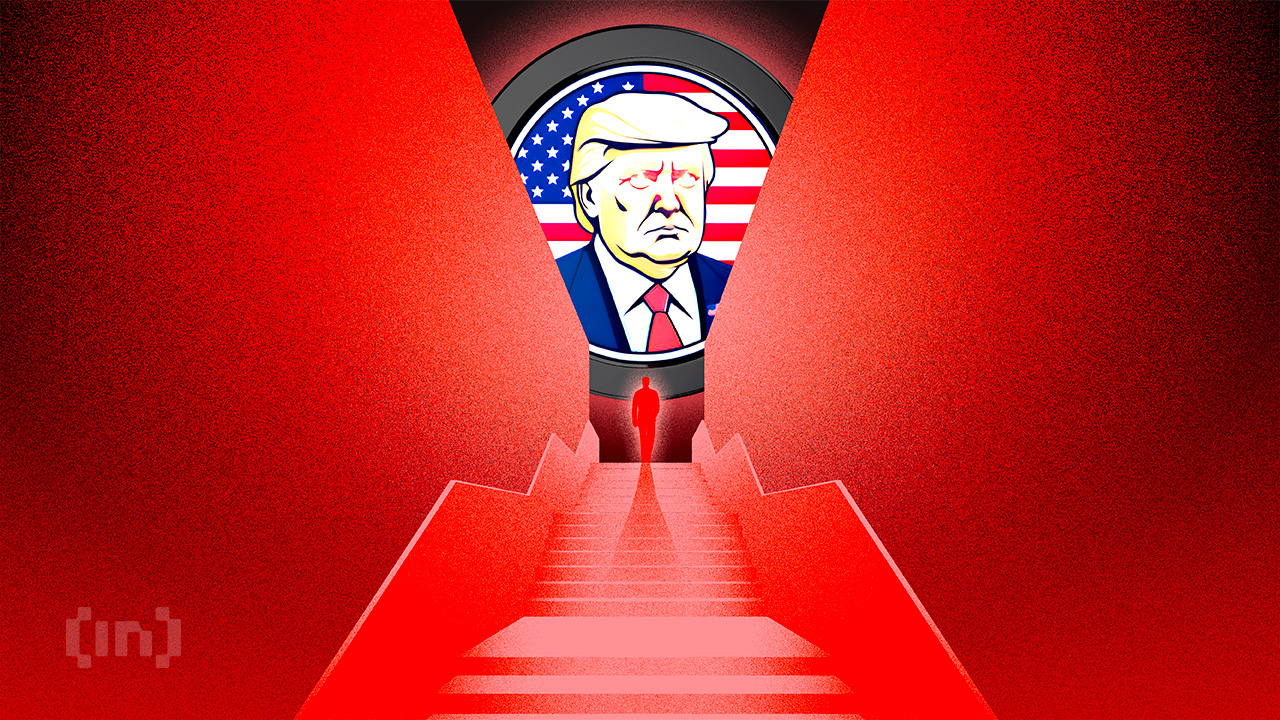
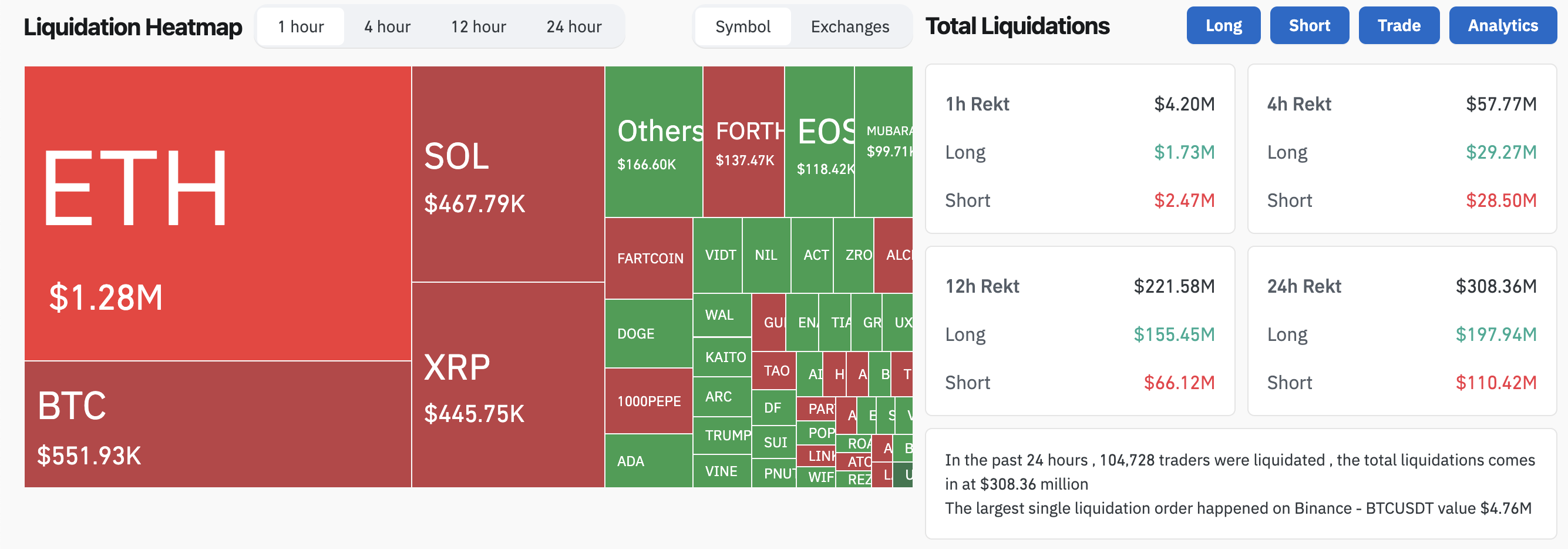





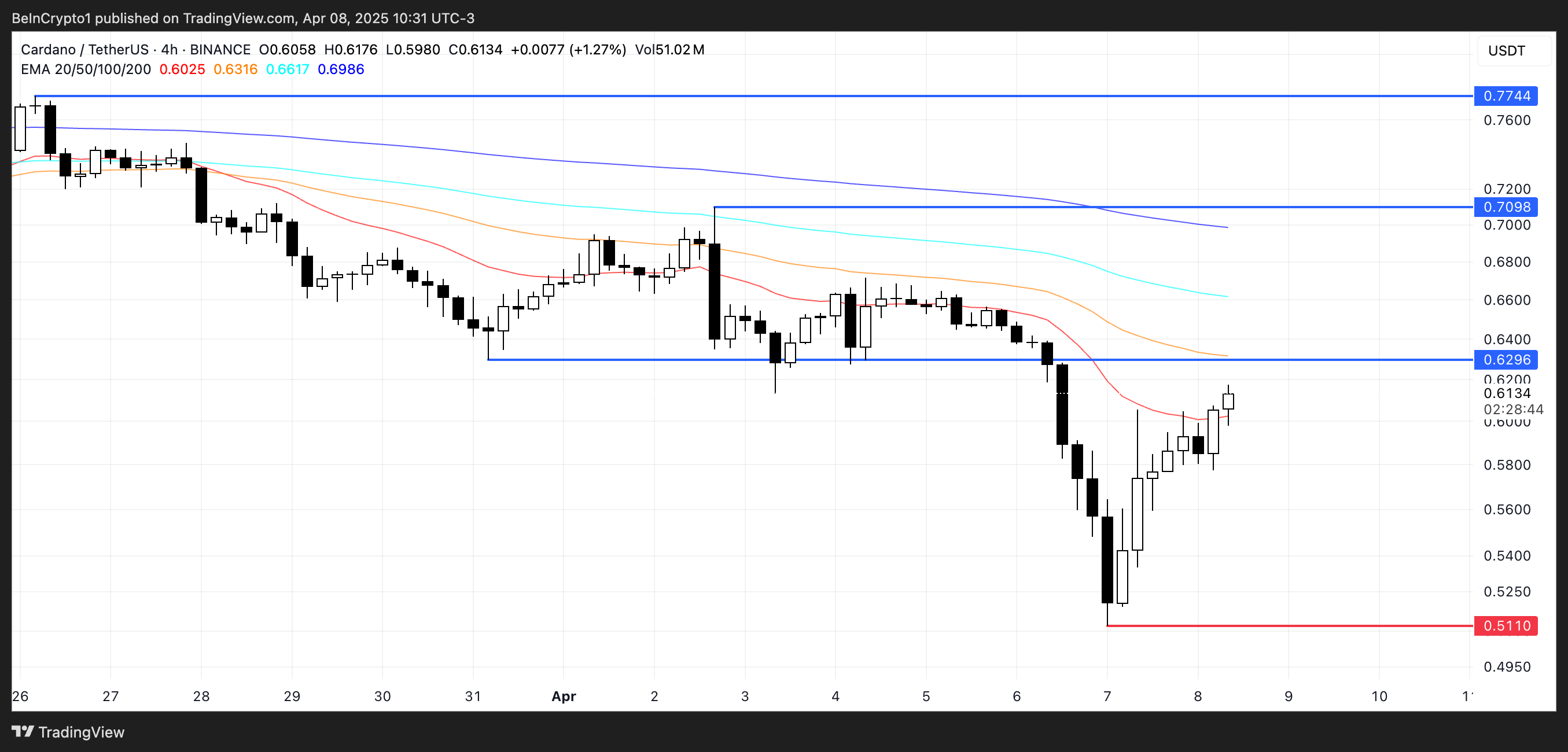




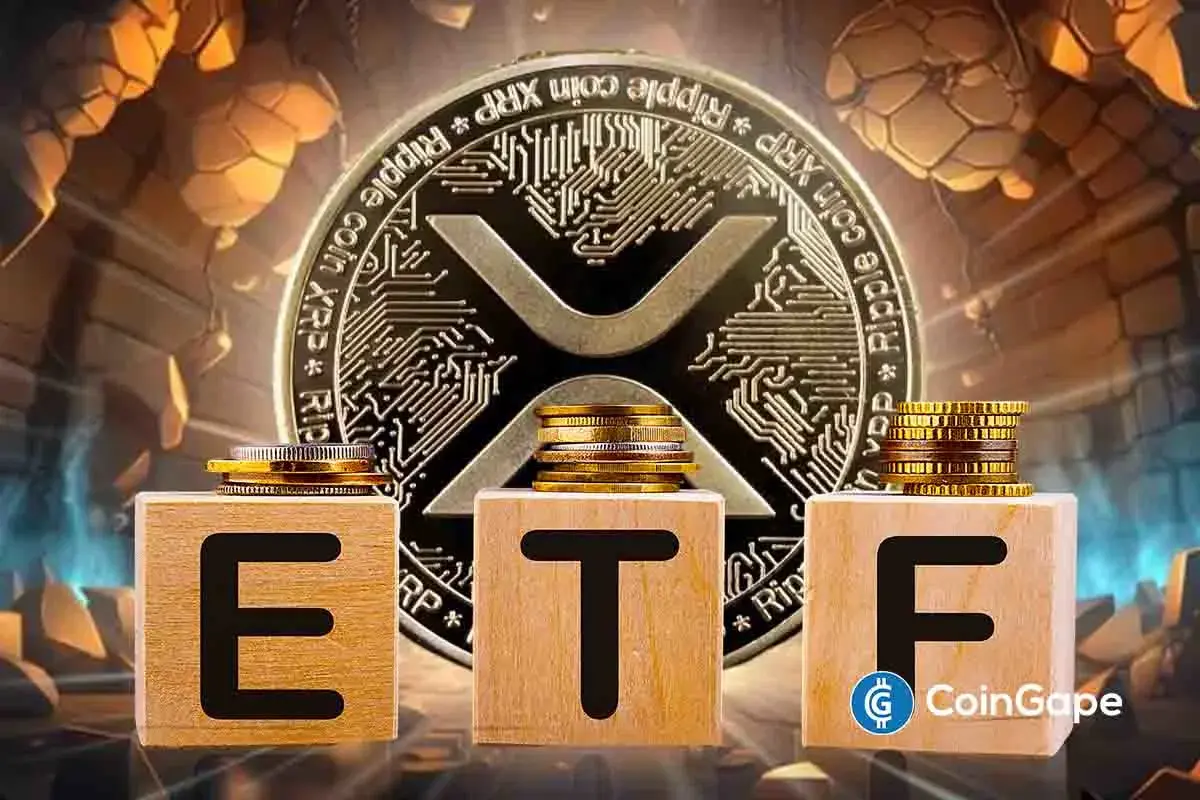

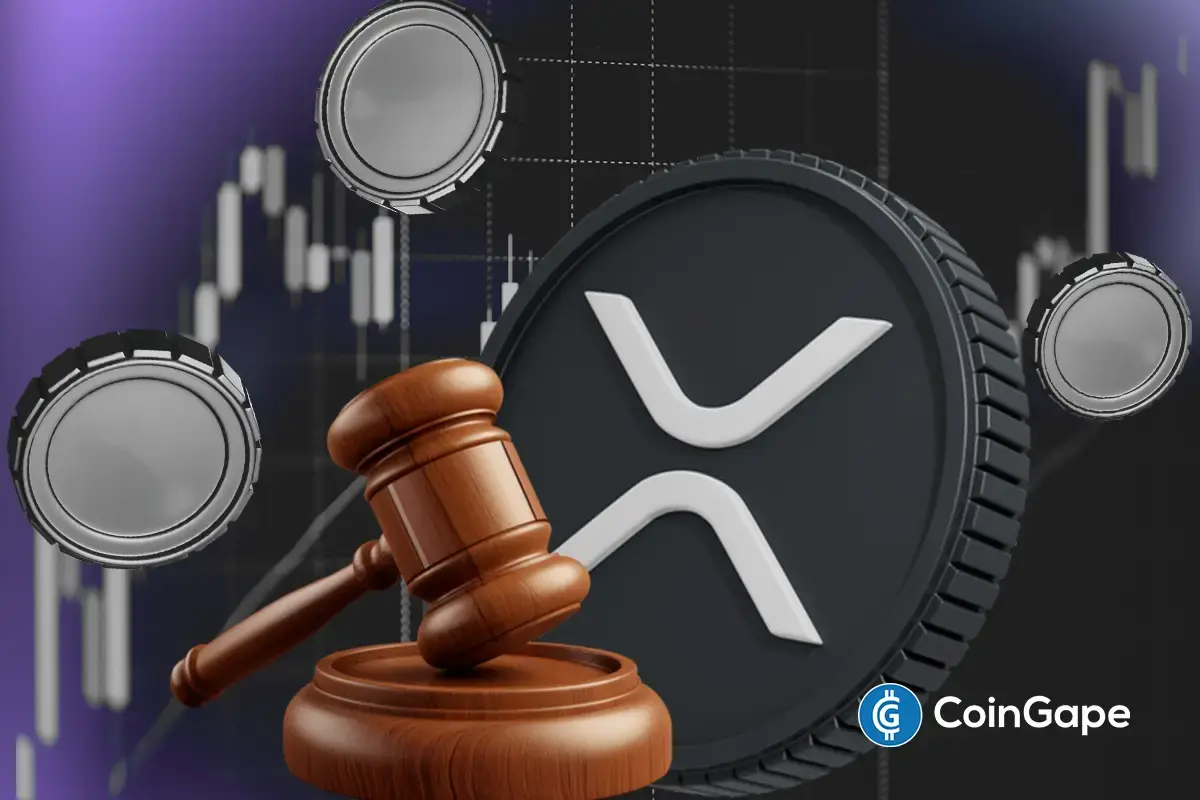

 NEW: The
NEW: The 